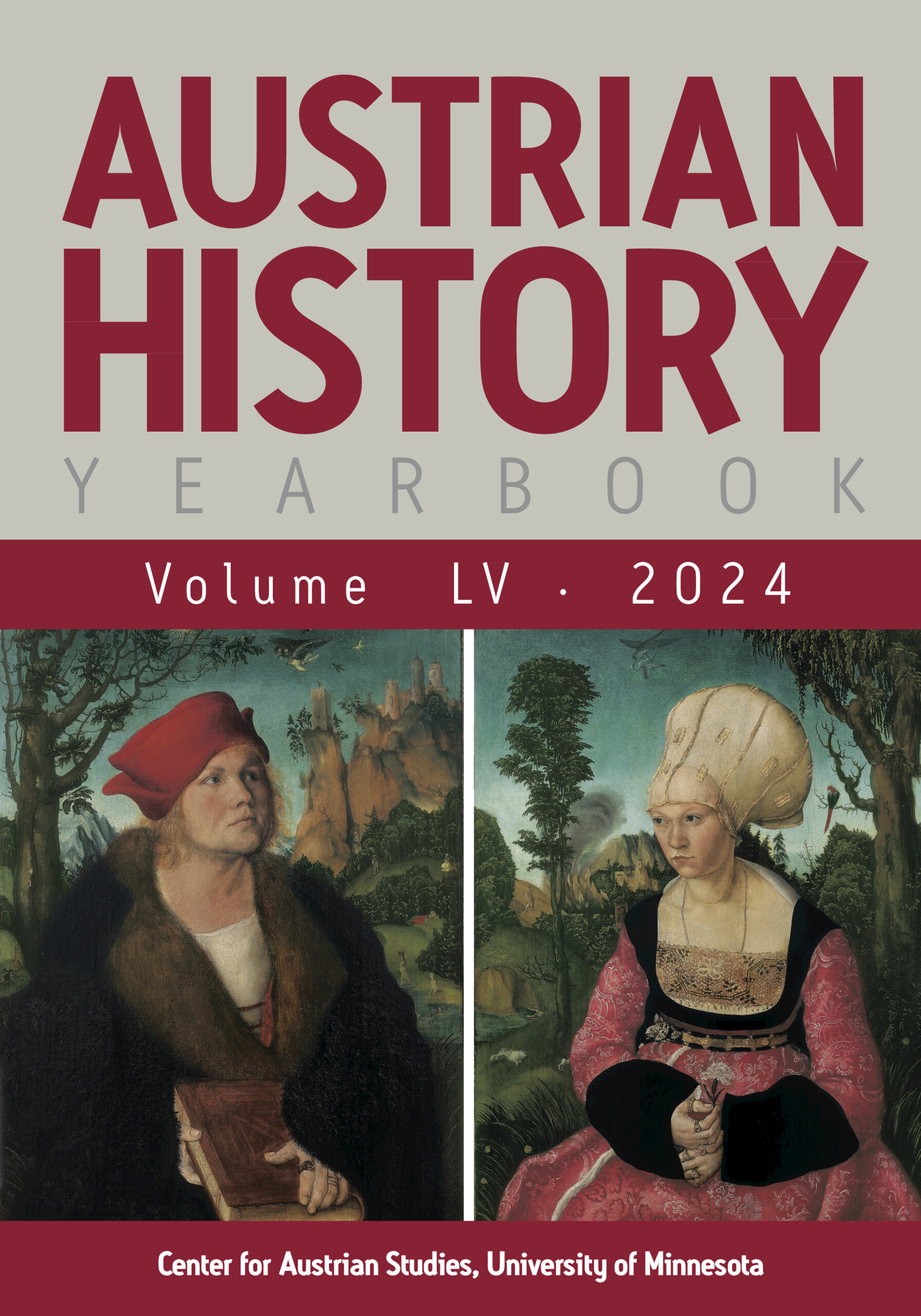Woodrow Wilson's reputation has suffered of late. The COVID-19 crisis called attention to his administration's mishandling of the 1918–19 flu pandemic, while the wave of protests against official racism brought renewed scrutiny to his baleful policies on race. In June 2020, Princeton University announced plans to remove his name from one of its colleges and its school of public policy and international affairs. This is only the latest in a lengthy process of historical reassessment, which began before he left office as president of the United States in 1921. Over the past century, he has been described as a starry-eyed idealist, propagator of the principle of national self-determination, defender of liberal democracy against Leninist Bolshevism, and hardened Southern racist. He has not, until today, been depicted as a thoughtful, if flawed, student of Eastern Europe. It is this hitherto unnoticed Woodrow Wilson that stands at the center of Larry Wolff's excellent new book.
The book traces Wilson's vision of Eastern Europe as a postimperial blank slate onto which he could impose his program for a new international society from its genesis before and during World War I to its confrontation with the realities of international politics at the Paris Peace Conference of 1919. Wolff analyzes Wilson's complex and shifting understanding of the region over four thematic and roughly chronological chapters. The first, most provocative chapter argues that British Prime Minister William Gladstone's denunciations of Ottoman barbarism in the late nineteenth century structured the young Woodrow Wilson's politics and led him to advocate for the dismantling of the Ottoman Empire once the United States entered World War I in 1917. The Ottoman case served as a general model for imperial dismemberment. How this model came to be applied to the Habsburg monarchy is the focus of the second chapter. Here, Wolff argues that a growing sense of parallelism between the Ottoman Empire and Austria-Hungary led Wilson to reverse course late in the war and advocate for the latter's destruction. What tipped the balance here was a historical analogy, which took root in Wilson's mind, between the plight of Habsburg subject nationalities and slaves in the American South, with him playing the role of emancipator in the tradition of Abraham Lincoln. The third chapter examines the way that personal relationships shaped Wilson's mental mapping of Eastern Europe. The book's final chapter explores the challenges that Wilson's discovery of national and religious minorities in Eastern Europe posed to his program.
This book covers some of the same themes as Wolff's influential The Invention of Eastern Europe (Stanford, 1994), which argued that Western European Enlightenment thinkers of the eighteenth century “invented” Eastern Europe as a realm of relative backwardness, establishing tropes that have characterized descriptions of the region to this day. Wolff once more examines mental maps of Eastern Europe, but now those of one American president rather than an array of travelers and thinkers standing in for Western European culture. But the stakes that Wolff sets out are equally high: “America's engagement in the war and Wilson's presence at the Paris Peace Conference definitively transformed both the geopolitical map of Eastern Europe and the whole world's awareness of that region, making his own individual mental mapping into a template for Europe in the twentieth century” (14). Unfortunately, the book fails fully to substantiate this bold claim. While the broader significance of Wilson and the ideals that came to be associated with him is indisputable, it is unclear how and where the president's complex, contradictory, and shifting conception of Eastern Europe translated into boundaries, real or imagined. The study's focus on the development and articulation of Wilson's ideas leaves relatively little space for their reception or for their influence on the peace settlement that eventually emerged. And the reader is struck by how often Wilson and the other peacemakers were presented with faits accomplis by actors in the region. From the breakup of the Habsburg monarchy to the allocation of disputed lands across the region, Wilson's mental mapping often followed rather than dictated events in Eastern Europe.
If the book falls short on some of its grander claims, it nonetheless represents an important contribution to the burgeoning literature on Wilson, the Paris Peace Settlement, and the transformation of Eastern Europe in this era. It offers an original portrait of a president about whom so much has already been written, and it does so in style. The prose is engaging, filled with detail and wit. This is an excellent book. It deserves a wide readership.


